
Mrs. Giang Thi Sau, a Mong ethnic in Huoi Hoi village, Na Hy commune, said: No one knows when this bo phon plant species appeared. When I was a child, I followed my mother to the fields in the harvest days of March. The white bo phon flowers bloomed on the cliffs and hillsides, spreading their fragrance everywhere. My mother picked them to make yellow sticky rice for us to eat. Now that society has developed, the villagers and I pick bo phon flowers to sell at the market and introduce to everyone.
In addition to being used as an ingredient to dye yellow sticky rice, boiled water from the bo phon flower also has the effect of cooling the liver and enriching the blood. Each year, the bo phon tree only blooms once in the spring, around the end of February to March of the solar calendar. The newly bloomed flowers are white, tiny and combine into clusters with a characteristic aroma. When the flowers bloom fragrantly on the mountain slopes, people go to the forest to pick the flowers, tie them into small clusters, hang them in the kitchen to dry, and preserve them for later use. In recent years, in response to the demand for enjoying this unique sticky rice dish, the villagers have brought the bo phon flowers to the market to sell, each cluster for 10,000 VND for local people and tourists to buy and process according to their preferences.
Ms. Ho Thi Sua in Huoi Cha village, Cha Cang commune, a lover of bo phon sticky rice, said: To prepare bo phon sticky rice, first you have to choose fragrant sticky rice and bo phon flowers, combined in a ratio of 200 grams of bo phon flowers, 2kg of sticky rice. After washing the bo phon flowers with water, boil them with enough water for about 10 minutes to get the color and then filter to remove impurities, then let them cool to about 30 degrees and soak the rice for 8-10 hours so that the flower water seeps into each grain of rice, then put the rice in a steamer and cook for about 30-45 minutes until the sticky rice is cooked. At this time, the sticky rice is yellow, sticky, and has the characteristic aroma of bo phon flowers. On the trays of offerings of ethnic groups in Nam Po district, there is always a dish of bo phon sticky rice, a typical dish of the Northwest mountains and forests. If you have the opportunity to visit Nam Po in spring or summer, try the sticky rice with bo phon flowers to experience more deeply the rich and unique culinary flavors of the ethnic groups here.
Source



![[Photo] General Secretary To Lam receives French Ambassador to Vietnam Olivier Brochet](https://vstatic.vietnam.vn/vietnam/resource/IMAGE/2025/4/17/49224f0f12e84b66a73b17eb251f7278)
![[Photo] Promoting friendship, solidarity and cooperation between the armies and people of the two countries](https://vstatic.vietnam.vn/vietnam/resource/IMAGE/2025/4/17/0c4d087864f14092aed77252590b6bae)
![[Photo] Closing of the 4th Summit of the Partnership for Green Growth and the Global Goals](https://vstatic.vietnam.vn/vietnam/resource/IMAGE/2025/4/17/c0a0df9852c84e58be0a8b939189c85a)
![[Photo] National Assembly Chairman Tran Thanh Man meets with outstanding workers in the oil and gas industry](https://vstatic.vietnam.vn/vietnam/resource/IMAGE/2025/4/17/1d0de4026b75434ab34279624db7ee4a)
![[Photo] Nhan Dan Newspaper announces the project "Love Vietnam so much"](https://vstatic.vietnam.vn/vietnam/resource/IMAGE/2025/4/17/362f882012d3432783fc92fab1b3e980)
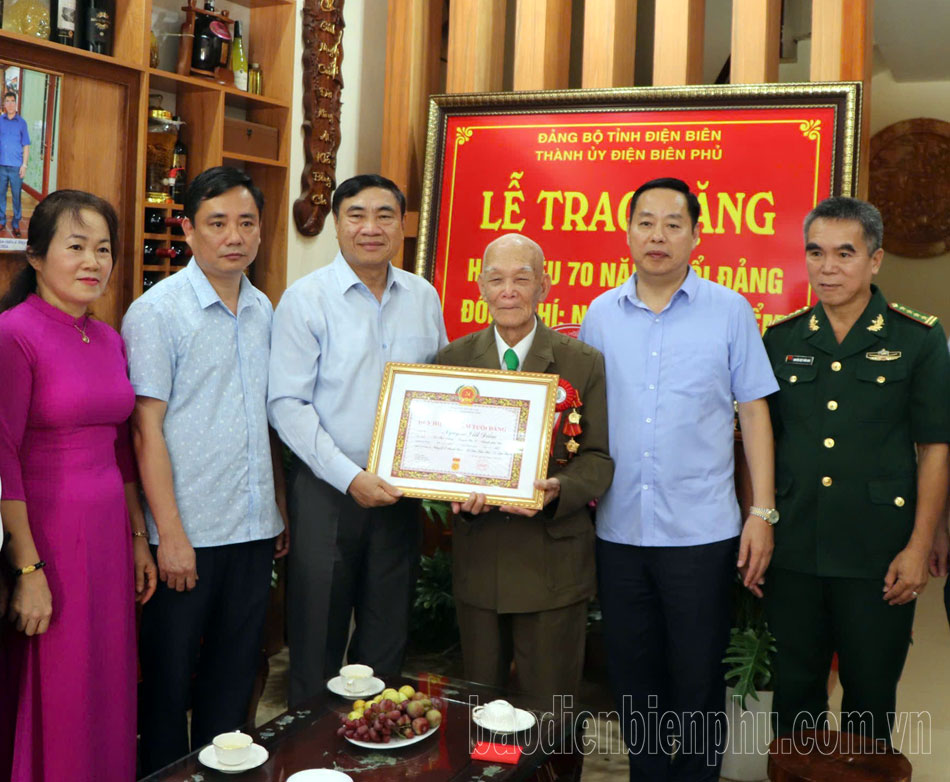
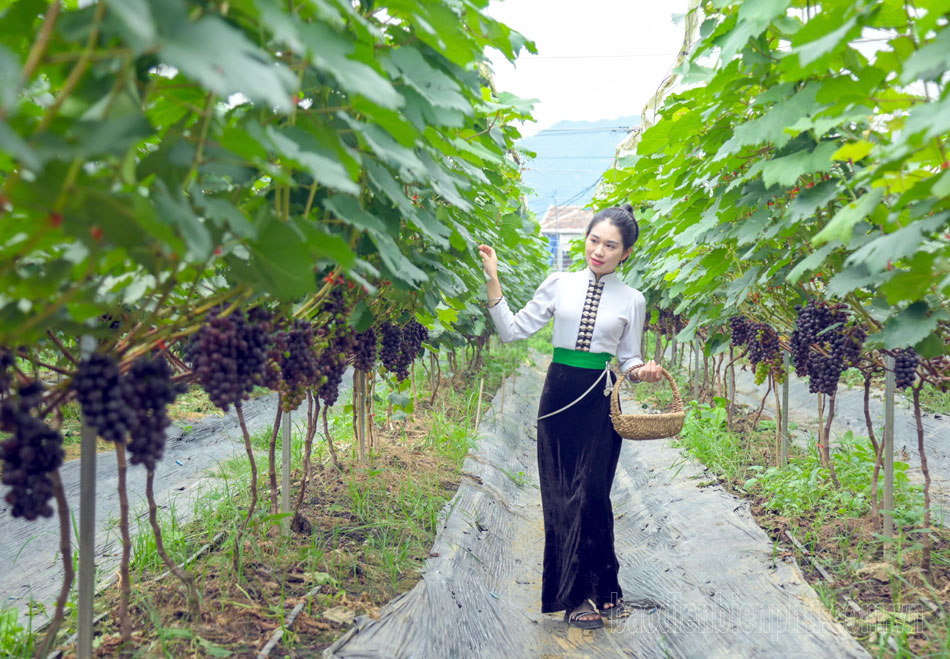
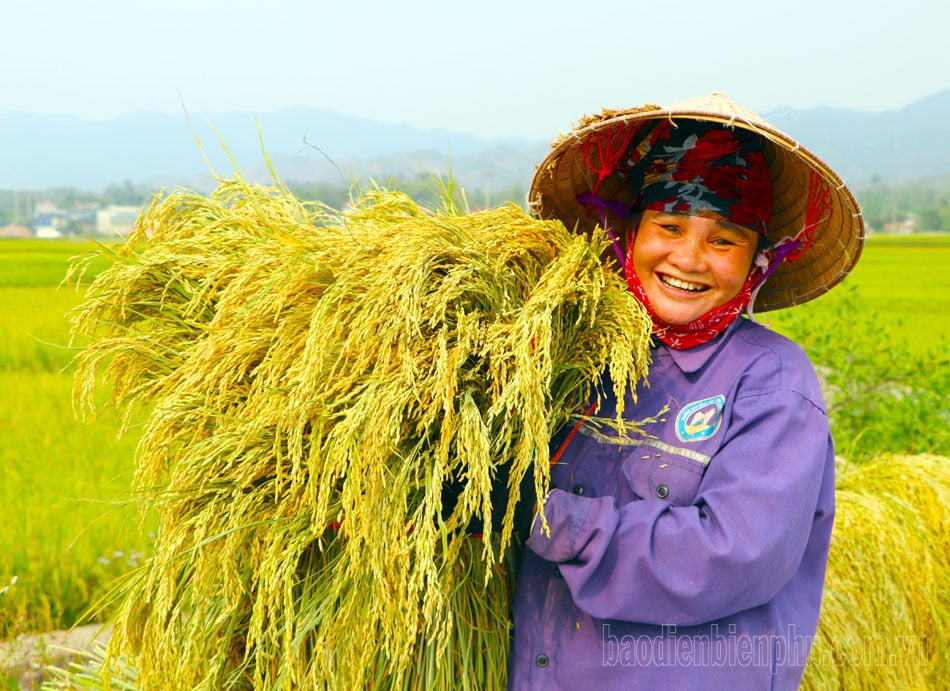
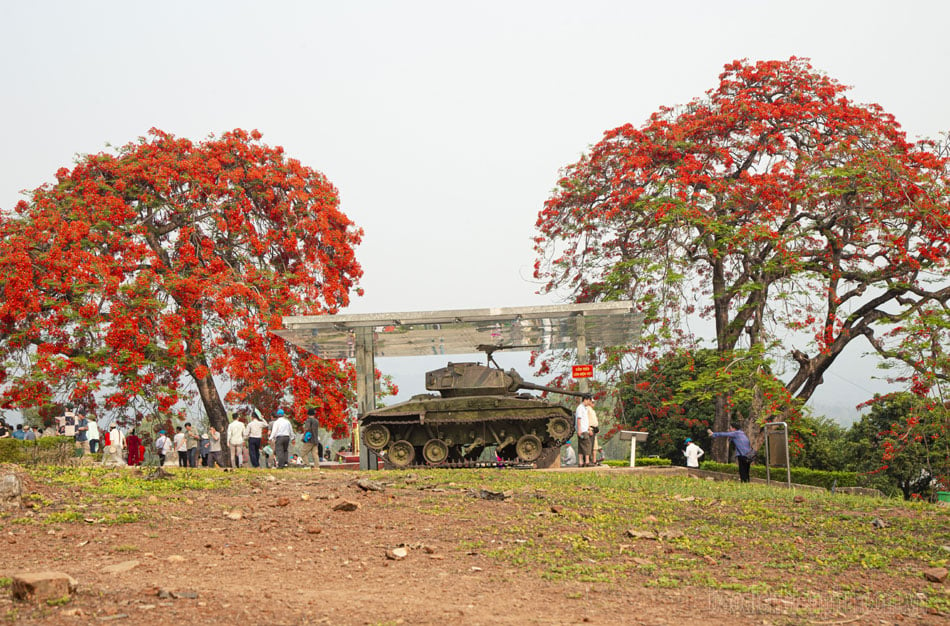

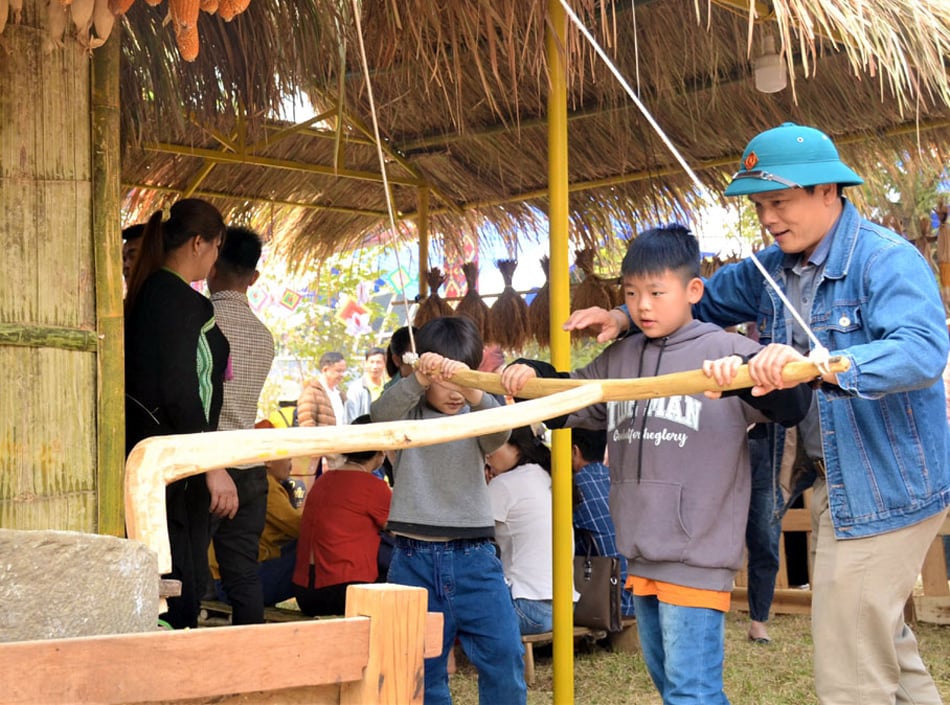


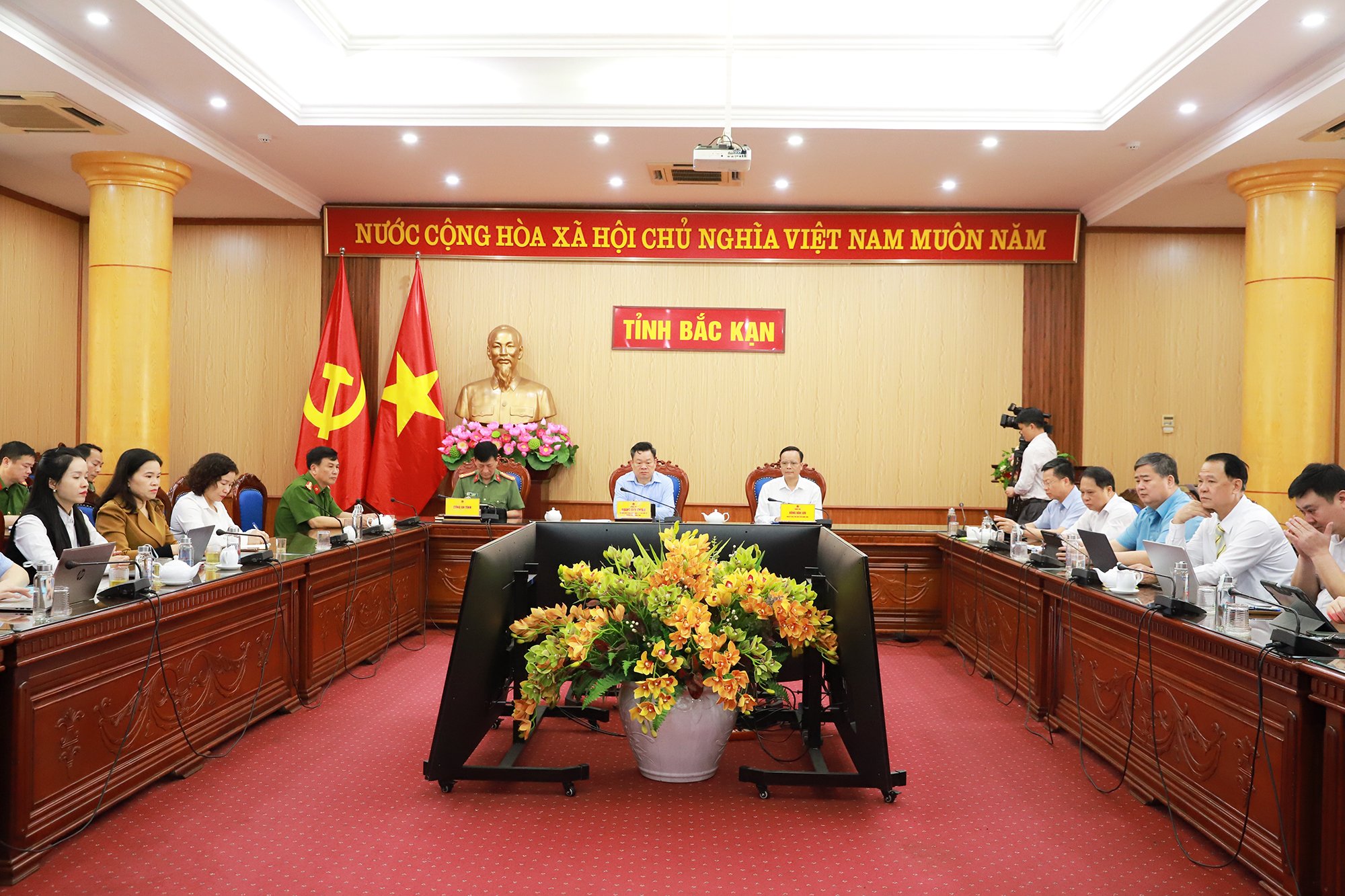


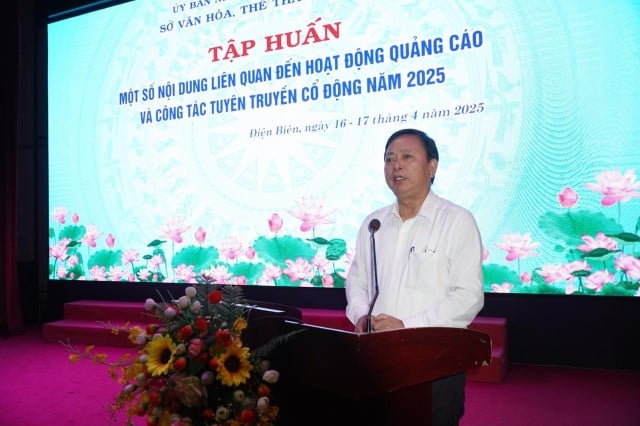









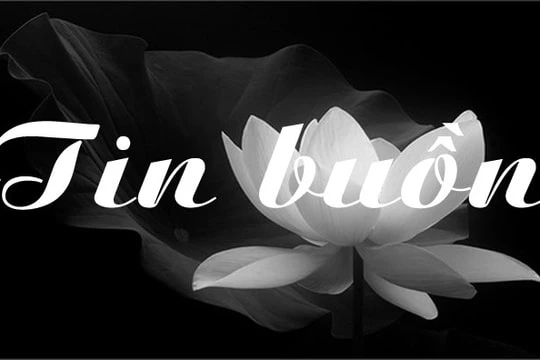
![[Photo] Welcoming ceremony for Chinese Defense Minister and delegation for friendship exchange](https://vstatic.vietnam.vn/vietnam/resource/IMAGE/2025/4/17/fadd533046594e5cacbb28de4c4d5655)




























![[Video] Viettel officially puts into operation the largest submarine optical cable line in Vietnam](https://vstatic.vietnam.vn/vietnam/resource/IMAGE/2025/4/17/f19008c6010c4a538cc422cb791ca0a1)

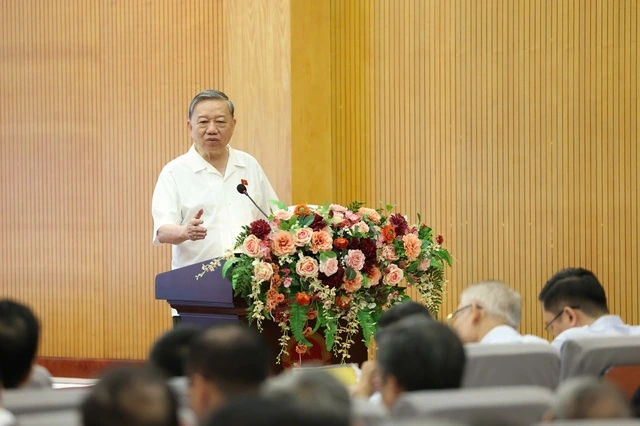



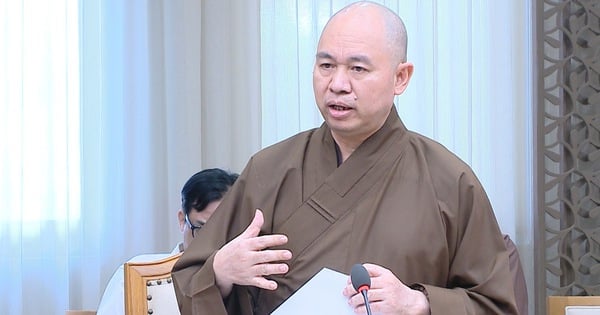













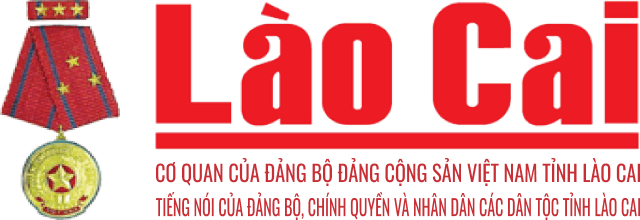














Comment (0)